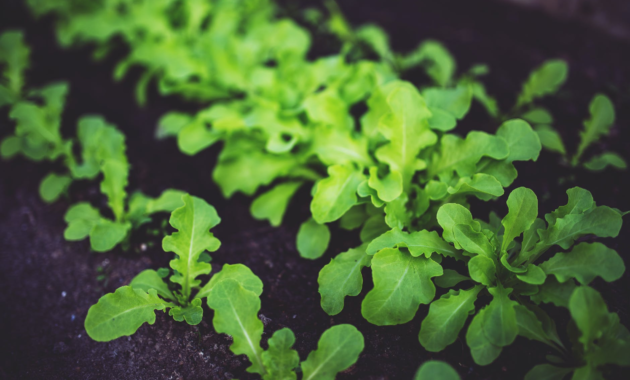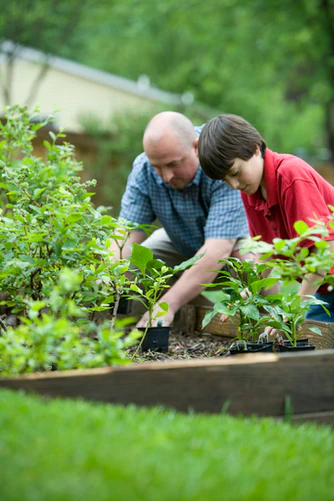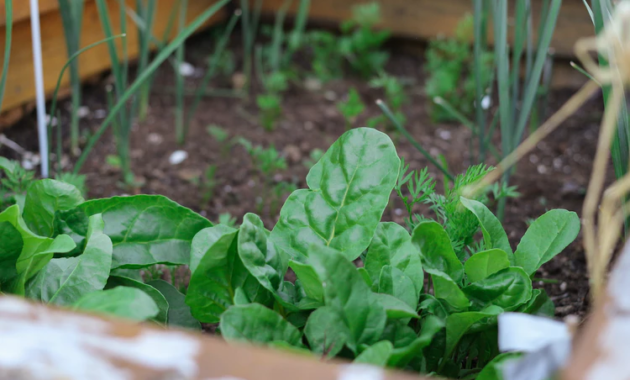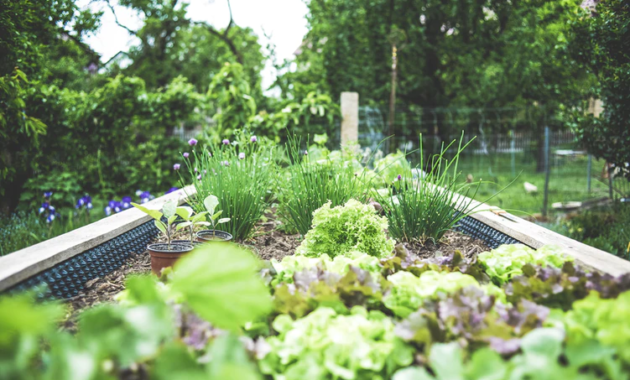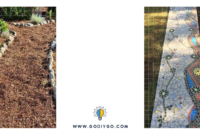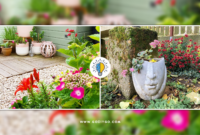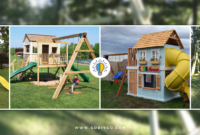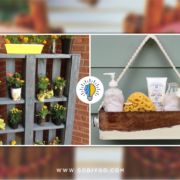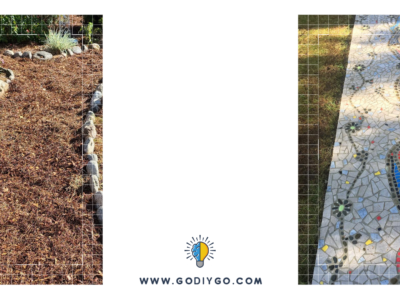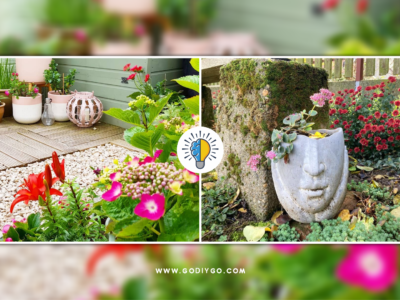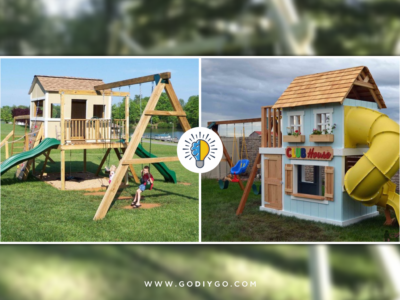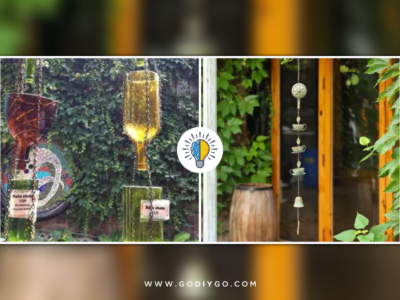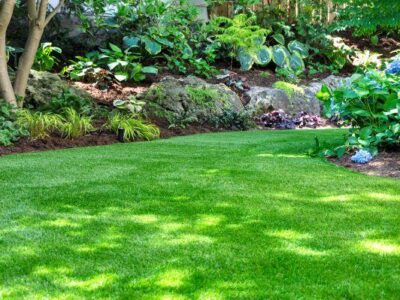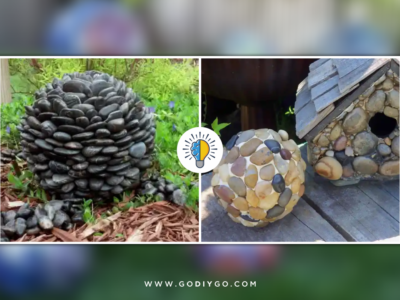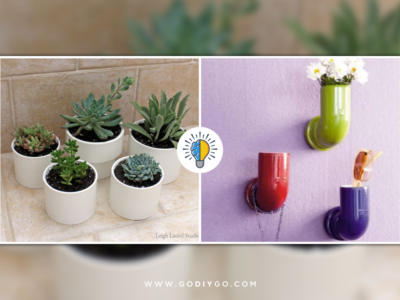Gardening is the practice of tending to plants, fruits, or vegetables and is a common pastime for many. Water is vital to this process as it fuels the growth of your garden. It is necessary for life itself. But the presence of too much water can negatively affect the outcome of your garden.
Have you noticed that after rainfall your yard or garden is swamp-like and filled with water?
When this happens it is called waterlogging. This means that the soil has become saturated with too much water which can hurt the roots below the surface and result in a lack of oxygen which is necessary for most plants to survive. This is caused by improper drainage which can be harmful to your garden and prevent it from being fruitful.
This means it would be in your best interest to put a drainage system in place for your garden or yard, so it can continue to flourish.
How To Test If You Have Improper Drainage
If you suspect your yard/garden has been waterlogged and is not getting proper drainage, you may want to perform this test to know what is going on.
- Dig a hole two feet deep in the soil
- Fill the hole with water and let it sit for four hours
- If the water is still present when you check on it, you need a better drainage system in place for your garden/yard
Causes Of Improper Drainage
Many things can contribute to the waterlogged state of your yard/garden so it is key to identify what the cause is and create a system that will aid you in draining that water.
The main culprit is heavy rainfall for a long period of time. While this is uncontrollable, it is often a contributing factor to a waterlogged garden.
The mixture of subsoil and topsoil can also affect the drainage of water within your garden.
Topsoil is the top layer and is only a few feet deep. This layer contains important nutrients which benefit your garden.
The subsoil is located below the topsoil and does not contain as many nutrients but has attributes that help the root systems within your garden. When these layers combine it can create a barrier that affects the water drainage.
An uneven surface that your garden/yard is on or a lower elevation may also affect your garden. The lower your garden/yard sits or the more uneven the surface is will cause puddles to form in those lower areas which results in waterlogging.
Hard landscaping can be another factor to consider because the presence of sidewalks, driveways, or patios can cause water to run off of these surfaces and collect.
Once you recognize the issues, you will be able to fully understand what is causing your garden or yard to become waterlogged. After learning the cause of this you can find a solution to the problem and DIY a drainage system to put in place.
What To Do For Proper Drainage
To tackle the issues of drainage at hand, there are many options available for all different garden and yard types and their needs depending on what is causing the improper draining.
If the drainage is in one area, such as a garden, then a simple solution would be to add compost to your garden. You can work it into the soil and combine it so the garden gets the nutritional benefits of the compost.
Compost contains pores that will aid in bringing more oxygen to the waterlogged area and will over time prevent the area from becoming soaked. This is a long process that will be worth it in the end but remember, it will take time to render results.
If the area is too large to use compost, then it is a good idea to include water-loving plants in your garden. These plants will help suck up the extra water while adding a new attribute of beauty to your yard as well. Some plants include iris, cattail, or marigolds.
A rain garden is another simple idea, that can turn a boggy area into a unique section of your garden. It can be filled with lily pads, lotus flowers, and other plants that thrive in a swampy environment.
Another option, for a yard that is waterlogged in a large area, would be to install an underground drainage pipe. To make this work, you are draining the water from the submerged area into a lower area in the yard where it can drain but be out of the way of your space.
To make the “drain” you will need to dig a trench that reaches where your water will drain. You will place a PVC pipe inside and a basin to collect the water that is released at the end.
A french drain could be of use to you if your yard is covered by a large area of water and needs to be drained often. For this DIY solution, you will basically bury a drainage pipe below the surface of the soil and the key for this to work is surrounding it with gravel.
You do not have to use a basin for this method, because the drained water is soaked back into the lower regions of the soil and away from the top part that you are trying to dry out.
A simple ditch can also be of benefit to your garden or yard if it is becoming waterlogged in a specific area. Using trenching equipment, you will dig a ditch about three feet deep that will act as a way to catch the excess water that is not being drained from your yard or garden. To work well, the sides of the ditch should slide down slightly for the water to pool into and then drain down.
For drainage issues in hardscaping areas like patios and pool deck, you can definitely benefit from the expertise of a pro. Have a trench drain installed to allow water to drain and prevent damage to the surface. These can even be custom made to add beauty and design to your space.
Overview
Your yard and garden should be the pride and joy of your home. It is a serene area where time is spent. But with that being said, a pretty penny should not be spent to repair the issue of waterlogging in these areas. Using the simple solutions and your own DIY skills, there is a way you can save your garden from improper drainage and allow your yard to flourish again.
Remember, don’t just assume the water is going to eventually evaporate or soak into your garden. This extra, unnecessary water is going to nothing but harms your yard. Test the soil and see if improper drainage is the issue at hand. Find a solution that will best aid you in your journey to a new and improved yard or garden that can relish in beauty once again.


